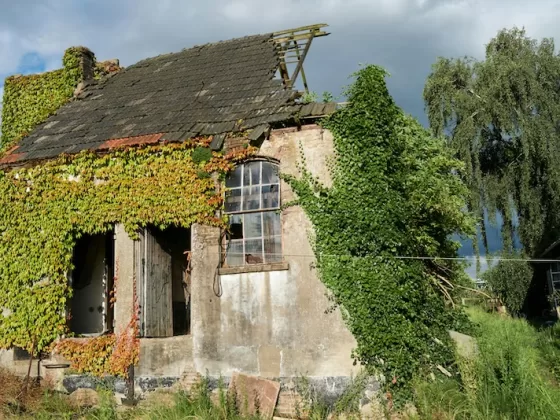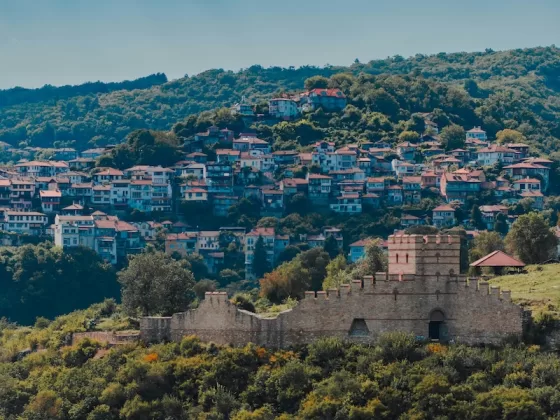Until 1960 Rio de Janeiro was the capital of Brazil when Brasilia became the capital. It is the second largest city in Brazil and one of the most popular tourist destinations in South America. And even though most people think of sun and beautiful beaches when Rio de Janeiro is mentioned you should be aware that there can be lots of rain as well especially between December and March.
The official language in Brazil is Portuguese and very few people speak another language. So if you think you might get through with English or Spanish you will have to think again. People will go out of their way to try to understand you, but especially if you live outside the big cities you will have to learn Portuguese sooner or later.
The lifestyle in Rio de Janeiro is marked by fun, optimism and good mood. Cariocas, Rio’s inhabitants, are nice people and very charismatic and touching and kissing is a typical aspect of friendly interaction. Both men and women living in Rio de Janeiro tend to greet each other with kisses on the cheeks.
Rich Brazilians and international buyers prefer the neighbourhoods of Leblon, Ipanema, Jardim Botanico and Lagoa in the wealthy Zona Sul (South Zone), while middle-income residents buy or rent in Copacabana, Botafogo, Flamengo, Laranjeiras and Largo do Machado.
There are no restrictions on foreigners buying property in Brazil and this includes buying property in Rio de Janeiro. All that is required is a Brazilian ID known as a CPF, which is obtained on presentation of a valid passport of any nationality. Property prices in Centro and Leblon are high, with most expats purchasing in pleasant suburbs like Gávea and Jardim Botânico, while districts like Barra da Tijuca and Recreio dos Bandeirantes have well-priced condos, with the north having even cheaper options.
Before buying a property though it is recommended to rent first to get a feel for the area.
Hiring a domestic helper is common in Brazil, both houses and apartments usually include an additional room with bathroom for the empregada.
Utility costs are relatively high. If they are not included in the rent, expect to pay at least another couple of hundred dollars per month for an average apartment with two or three bedrooms. Additionally, Brazil has a real estate tax which, depending on the contract, may have to be paid by the tenant.
Rio’s working class districts, the Favelas, exist in almost all neighborhoods of the city. Some of them grow into giant communities with up to 500,000 residents or more living in Rio de Janeiro’s poorer neighborhoods, such as Rocinha or São Conrado. Favelas are home to exceptionally vibrant and diverse communities and the place of origin of most of Rio’s Samba schools.
Unfortunately, the Favelas are also rather problematic areas. The districts are constantly battling drug use, police brutality, and shootings. The latter are particularly dangerous as stray bullets tend to cause major damage. Recently the government has implemented a security project named UPP. The UPPs are Units of Peacekeeping Police, which remain inside the favelas.The favela’s infrastructure has been improved, while progress in education and employment are positive signs of a better quality of life in Rio.
If you’re considering traveling or moving abroad, be sure to explore your healthcare options. Visit International Citizens Insurance to learn more and get a free quote.










